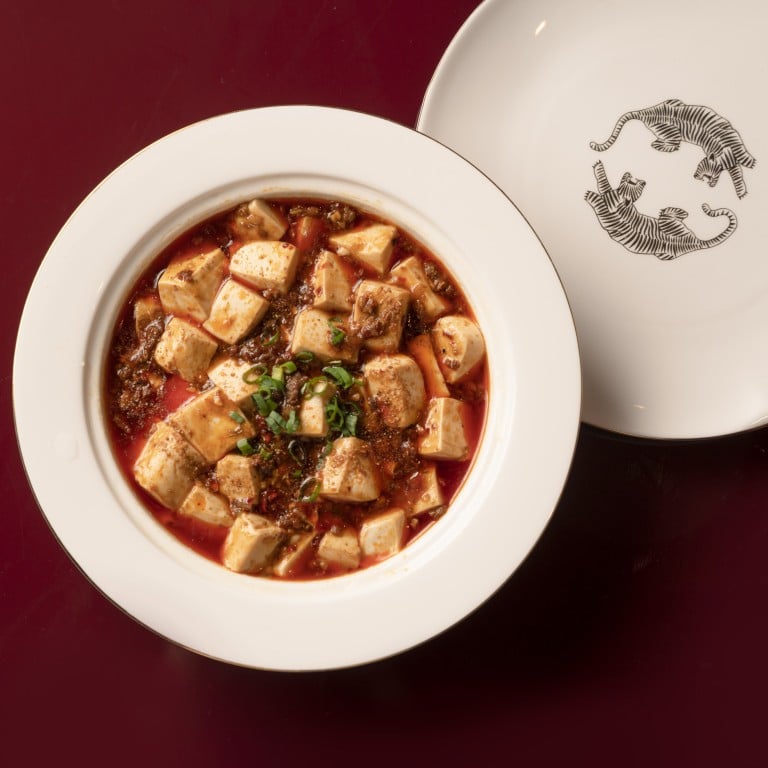Explainer / What is mapo tofu and where did it get its ugly name? Top Hong Kong chefs at Mora and Grand Majestic Sichuan on why the spicy Sichuan staple became one of Asia’s most iconic dishes

- From humble origins in 19th century Chengdu, the dish’s silky tofu and Sichuan peppercorn base is still being interpreted in new way ways – despite its less than savoury etymology
- Grand Majestic Sichuan’s Theign Yie Phan and Mora’s Vicky Lau are among the chefs giving a modern twist to mapo tofu’s unmistakably spicy ‘symphony of flavours’
It’s a dish that stems from humble origins, though its name does little to stoke an appetite. Mapo tofu is said to have originated in Chengdu in the late 1800s. Ma translates to “pockmarks”, while po refers to an older woman. Together these reference the dish’s inventor, Mrs Chen, an elderly woman with smallpox scars.
As the story has been retold over the years, this remark is remembered as something of an endearing nickname. Whether that’s true or not, Mrs Chen was revered for the dish, and her creation has become a staple of Sichuan cuisine.
Traditionally made by stewing minced beef with tofu and a blend of spices, today it’s commonly made with pork or vegetarian substitutes.

“Mapo tofu is one of the most famous Sichuan dishes, and epitomises the spicy generosity of the cooking of the region,” explains chef Theign Yie Phan of Grand Majestic Sichuan. The Sichuan restaurant, in Central, sticks with tradition and uses beef, elevating the dish with Wagyu beef short rib “for its rich flavour and perfect balance of tender meat and fat”.
The success of the dish rests not only on the delicate balance of flavours, but also on the textures. “The tofu should be tender and silky smooth, made with high-quality soybeans that give a nice aroma, or dou xiang in Chinese,” says Phan. “The flavours need to be very balanced, the ma (numbing effect) from the Sichuan peppercorn and the la (spice) from the chilli bean paste do not overpower the dish but instead complement the umami of the meat.”
To prepare the dish, executive chef Sze Chiu-kwan of Dong Lai Shun, in Tsim Sha Tsui, fries numbing peppercorns in oil to extract their rich citrus flavour and aroma. Once crushed, the Sichuan peppercorns are then stir-fried with ground beef, ginger, chilli oil and fermented bean paste. The ingredients are then stewed with spring onions and chicken broth before the final dish is thickened using a cornflour slurry.

Chef Vicky Lau of Mora says both mince and hand-chopped meat work well in the dish “depending on the viscosity of your sauce”. But the importance here is in the fat content and ensuring the meat isn’t too lean. “It’s also nice to explore options with no meat,” she explains.
Mora’s menu celebrates the versatility of the humble soy bean, and its mapo tofu recipe proves no exception. “We use two kinds of tofu, one soft version for that slippery mouth feel and one honeycomb tofu, to soak up all the sauce,” she adds. The accompanying ingredients change depending on seasonality, while the current iteration includes 10 types of mushrooms of varied textures and flavours.